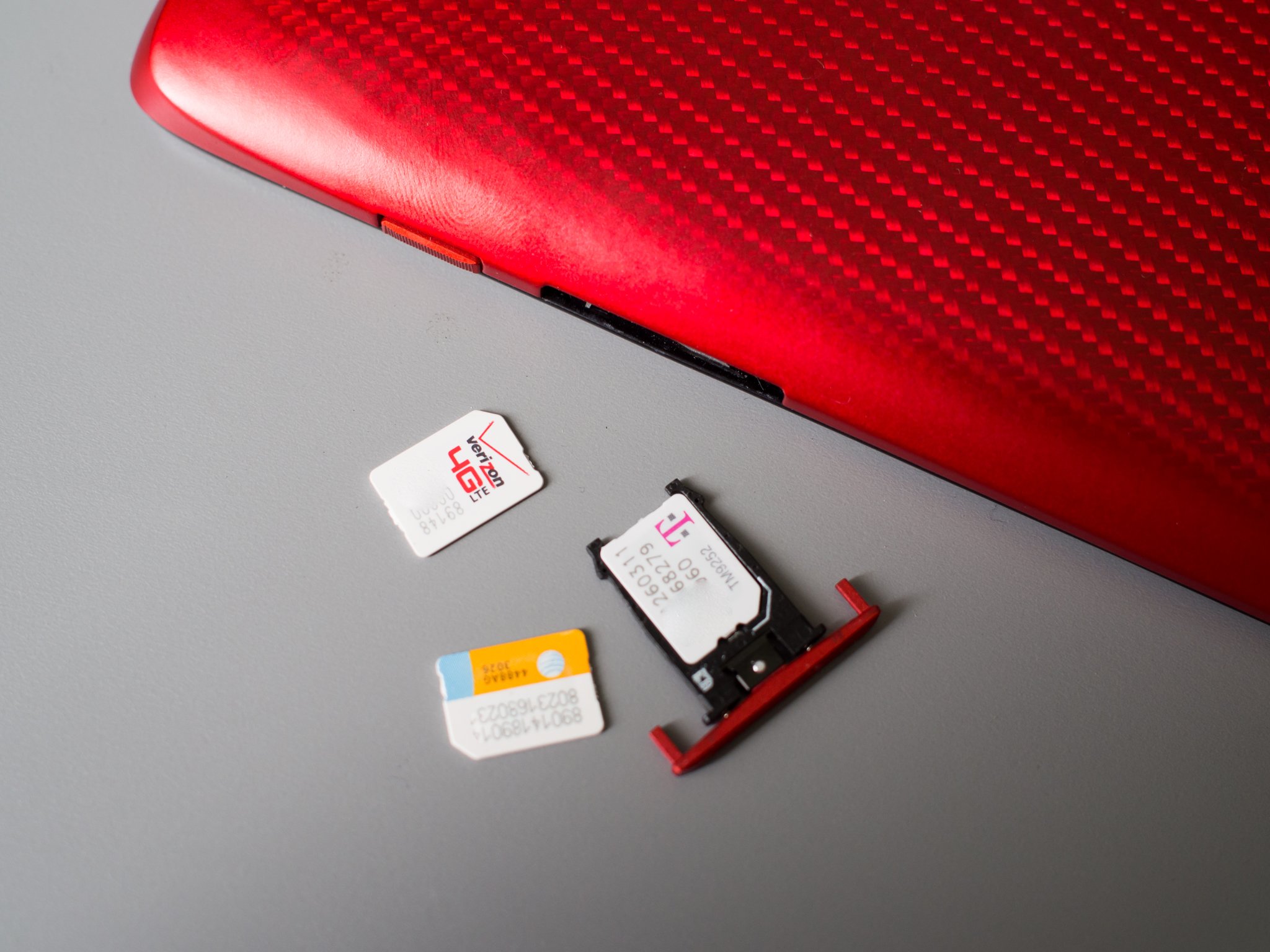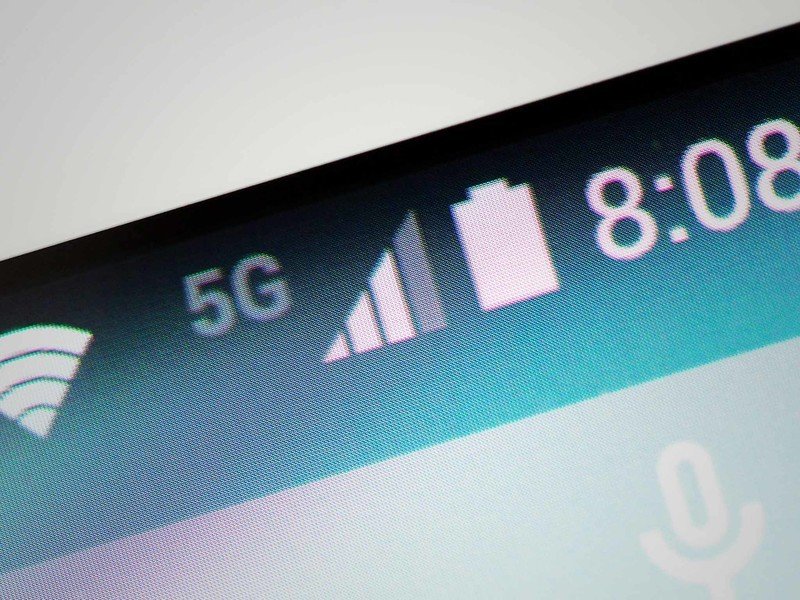Android 7.0: Data Saver will prevent overages on cheaper plans

We all like new features and a better way to do things, but when they can save us some money we might just like them a little more. That's what Google is aiming for with the new Data Saver feature in Android 7.0 Nougat.
For many of us, especially if we bought a less expensive Android, the amount of money we spend on data will quickly become more than we paid for the phone that's using it. When we use too much, especially when we didn't realize it was happening, it becomes even worse because the companies who provide us with a connection like to charge plenty of money for going over your monthly allotment. Not paying attention to apps sucking up data behind the scenes is fairly common in today's mobile landscape, and with Android 7.0 Google is looking to fix that.
More: The best cheap Android phones of 2016

Data Saver in Android 7.0 isn't like the current data usage setting in Marshmallow, nor is it like Sony's Stamina mode. Rather than just a cut off when a certain user-set amount is consumed, or stop all background usage completely on every connection, Data Saver kicks in anytime you're on a metered (read: not unlimited) data connection. If you are, it limits apps and background process to a set amount of data, influencing how often they can dip into it. When you're on an unmetered connection (no data cap) it allows apps to do everything they were programmed to do. Changes to the ConnectivityManager API in SDK version 24 (that's Android 7.0) include a way to check if the device is on a metered connection, when anything about the connection changes and if Data Saver is enabled.
Data Saver works for any cellular data plan, including prepaid services
Data Saver works for any cellular data plan, including prepaid services. That means it will also work if you're traveling abroad and buy a pre-paid local SIM card.
We may want to let certain apps do what they need even when the Data Saver setting is applied. Those apps can be put on a user-created whitelist. Apps on that list are allowed to freely use data when running in the background.
Also, some apps just won't work if they can't get connected. For the developers of this sort of app (think something like Facebook Messenger) they can request to be whitelisted by using a bit of code in their app. If Data Saver is enabled, the app will let the user know that it needs to be whitelisted (developers, make sure to include an explanation, please!) and direct the user to the whitelist settings. They can still say no, but they need to know that an app won't work without a connection.
Get the latest news from Android Central, your trusted companion in the world of Android
The whole system is opt-in through the network settings in Android 7.0 — and developers will have to enable the feature, too
This means developers will want to make some changes to how they run in the background. As users, we'll be more willing to whitelist an app if it can limit background data usage to just essential services like direct messages. Developers can also shift to using Google Cloud Messaging (introduced in 2013) for easier-to-manage push notifications while having the rest of their app use the standard data connection.
The whole system is opt-in through the network settings in Android 7.0. If you have an unlimited plan from Sprint or T-Mobile or are holding on to a legacy plan from another provider, you can just ignore it. Likewise for things like a company phone where 24/7 connectivity is more important than the bill.
Data Saver is one of many new system-level features coming with Nougat. Together they make Android 7.0 one of the best updates we've seen in a while, and will be the groundwork for even more great features in the future.

Jerry is an amateur woodworker and struggling shade tree mechanic. There's nothing he can't take apart, but many things he can't reassemble. You'll find him writing and speaking his loud opinion on Android Central and occasionally on Threads.
